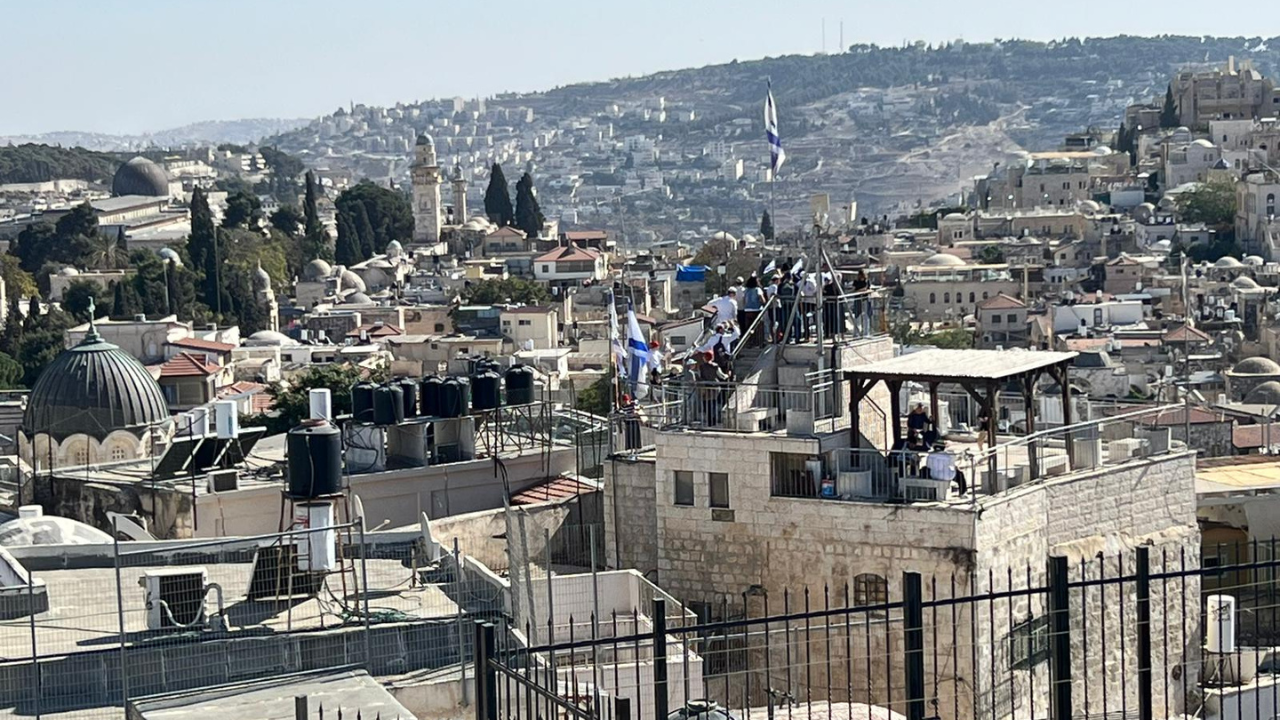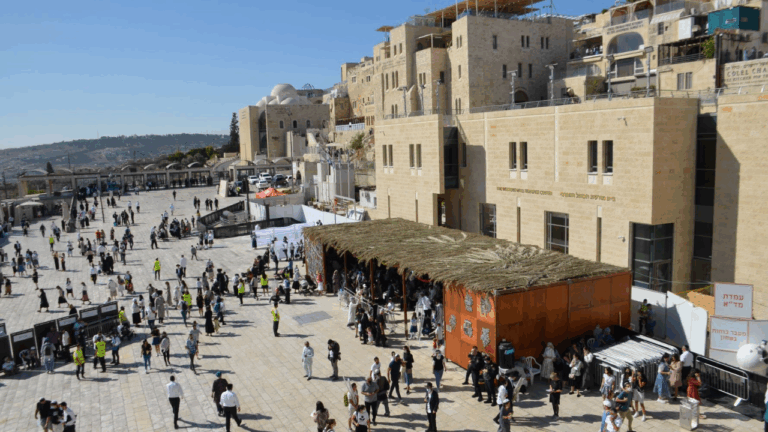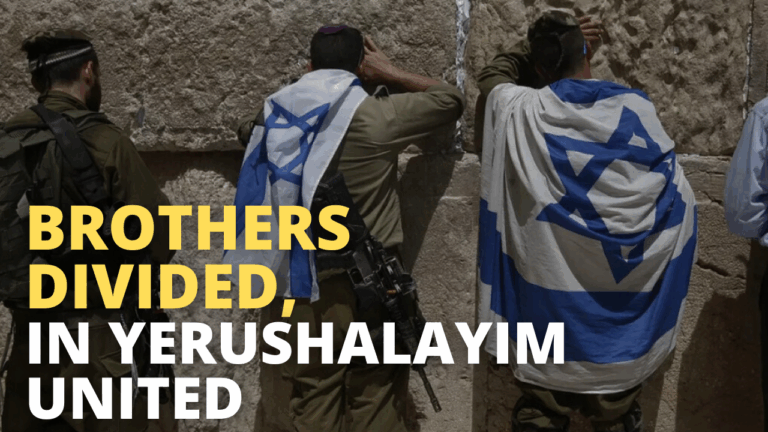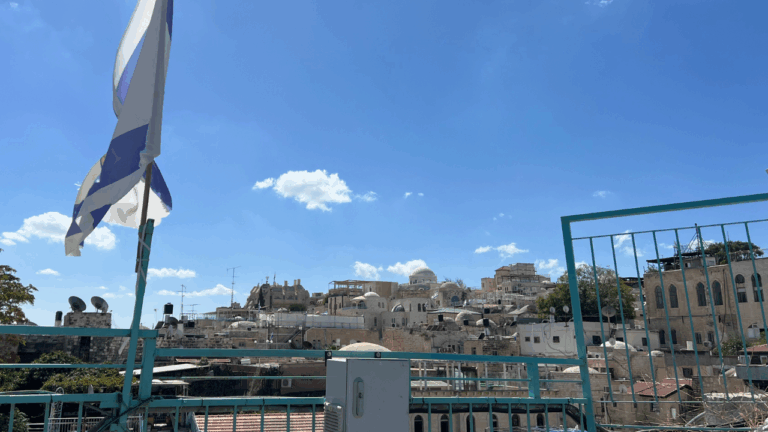Holy Temple on Water
Tucked away in the beautiful writings of Chazal, one can find a deliberate connection being established between the teiva of Noach and the Beit HaMikdash. The Midrash Rabbah (Bereishit Rabbah 26:2) homiletically interprets the verse in Sefer Tehillim (92:14) that describes the righteous tzaddik being planted in the house of Hashem, שתולים בבית ה’. The Midrash explains that this tzaddik is none other than Noach, who was planted in the ark he was commanded to build. As is clear from many sources (see Melachim 2, 25:9, and Megillah 27a), the paradigmatic term of בית ה’ refers to the Holy Temple in Jerusalem.
The Beit HaLevi explicates a similar comparison. He quotes a Midrash which cites the famous verse from Tehillim perek 5 that we recite every day upon entry into the Beit HaKnesset. ואני ברב חסדך אבוא ביתך, as for me, in your abundant kindness, I will enter Your house. The Midrash again homiletically explains that this is a reference to Noach being allowed to enter the teiva, the house of Hashem. In addition, the Zohar reports that the teiva possessed the sanctity of the mishkan of Hashem.
In what way was the teiva similar to the Beit HaMikdash? The Beit HaLevi explains that the Mikdash was a purified and rarefied spiritual environment that was immune to spiritual contamination. It served as a bulwark against corrupting influences from outside its walls. The intense kedusha that was deliberately limited in scope and contained within the walls of the Har HaBayit (and Jerusalem by extension) represented an environment set apart from the surrounding world. This is exactly what Noach required in his teiva. With the growing spiritual corruption that could slowly permeate and influence himself and his family, Noach was commanded to build a separate environment. God imbued this structure with heavenly sanctity to create a bulwark in which Noach could purify all of creation. All humans and animals that entered into this rarefied spiritual ark in a cleansed state.
However, the role of the mikdash was not just to defend the sanctity within; its principle role was to radiate that intense sanctity to the entire world. Jerusalem is referred to as אורו של עולם, the light of the world. The windows of the holy temple grew wider towards the outside, reflecting a sense that the temple was providing illumination to the rest of the world and not the other way around. While there were clear boundaries established as to who was allowed to enter where and when, Jerusalem opened (and will open) her doors to all the nations so that they can ascend towards HaKadosh Baruch Hu. The “teiva” of the Beit HaMikdash is intended to save all of humanity, not just coddle those lucky enough to sit within its walls.
This relates to the foolishness of the nations of the world in destroying, or preventing the construction of the Beit HaMikdash in Jerusalem. “Rebbe Yochanan said, “woe is to the nations that lost and don’t even know what they lost?” (Sukkah 55b). In the times of the mikdash, they achieved atonement through the seventy bulls of the Chag HaSukkot, but now nothing stands to help them. And yet, they foolishly and persistently attempt to prevent Klal Yisrael from building the ultimate source of light in this world.
May we speedily witness the days in which the zealously guarded sanctity of the mikdash spreads its light onto the entire world.



